
Benchmarks
We put the Alienware through its paces against the fastest notebook we've tested recently, the Rock Xtreme CT, as well as our standard gaming reference system. Provided by the kind folks at Udiggit, our reference gaming system sports a 3800+ Athlon X2 chip, 2GB OCZ RAM, a 7800GT and is housed in a Shuttle SN25P.
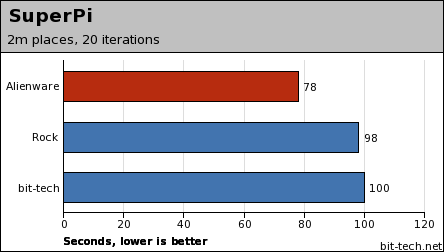
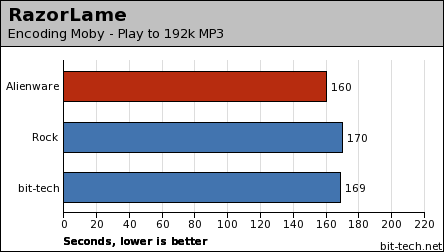
Here's a quick couple of thoughts that we can draw on this. One is that without any overclocking, the memory bandwidth provided by the Athlon platform is fairly consistent. The Pentium M notebook, whilst sporting great graphics, clearly suffers from the horrendously slow 533MHz FSB. SuperPi is ripped apart by the FX-60 which cruises through the calculation without breaking into a sweat - you can really see the oomph of the machine here.
Medium detail gaming
To reference back to our notebook review, we've included the same gaming tests here, just so you can see how a bleeding edge desktop system can compare to a bleeding edge notebook system. Well-heeled gamers will be taking one of these two systems to LAN parties.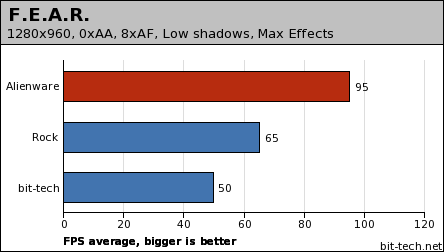
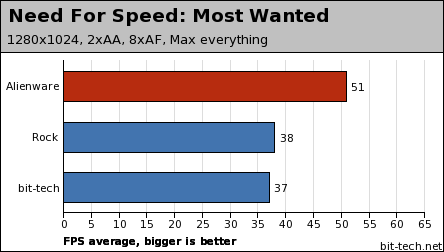
High detail gaming
To really push the boat out, we fired up some games and upped the resolution and detail levels to see what would happen.
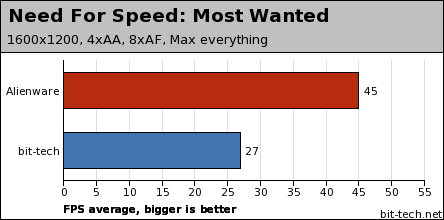


MSI MPG Velox 100R Chassis Review
October 14 2021 | 15:04





Want to comment? Please log in.